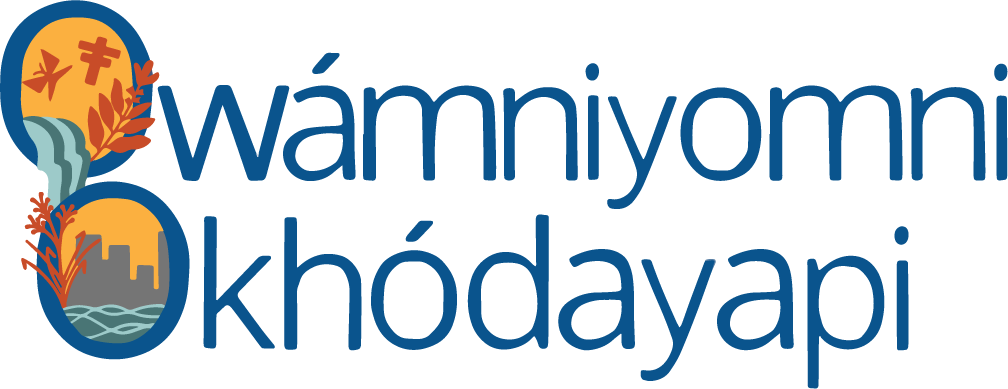By Owámniyomni Okhódayapi | March 7, 2024
Grave robbing, desecration, and scavenger hunts – oh my!
Recent events have brought to light continued affronts to Native American culture, values, and sacred sites. Two significant events have stirred concern, emphasizing the pressing need for increased awareness, education, and respect for Indigenous heritage.
Museums and NAGPRA
The Native American Graves Protection and Repatriation Act (NAGPRA), established in 1990, serves as federal legislation providing a framework for museums and institutions to adhere to when returning sacred and funerary objects to Tribes. Despite its intent, the law has faced persistent criticism since museums have been slow to adopt changes to policies and procedures and museum staff are resistant to change. Objects falling under NAGPRA continue to be on display at many institutions even after more than three decades of its implementation.
In January, new federal regulations were incorporated into NAGPRA, aiming to address these concerns. According to the Department of Interiors these new regulations “clarify and improve upon the systematic processes for the disposition or repatriation of Native American human remains, funerary objects, sacred objects, or objects of cultural patrimony,” as well as “provide a step-by-step roadmap with specific timelines for museums and Federal agencies to facilitate disposition or repatriation.”
The impact of these regulations is evident as several renowned institutions, including the American Museum of Natural History, have taken proactive measures. Popular exhibits are being closed as these institutions work towards NAGPRA compliance. The president of the American Museum of Natural History emphasized the significance of this action, stating, “The halls we are closing are artifacts of an era when museums such as ours did not respect the values, perspectives, and indeed shared humanity of Indigenous peoples.” Action like this from large institutions sends a powerful message about what it means to ethically curate and operate museum exhibits.
Various institutions in Minnesota have reacted to the changes in NAGPRA saying that they’re on track to return objects or that they’ve coordinated with local Tribes to develop their displays as a way of complying with these regulations.
Dr. Kate Beane of Flandreau Santee Sioux Tribe and executive director of the Minnesota Museum of American Art told the Star Tribune that “as an Indigenous museum professional I’m glad to see these changes taking place, but this moment also highlights that we have a long way to go in the field,” Beane said. “Museums must do better moving forward. Working with tribes and communities can no longer be an afterthought.”
Pioneer Press Treasure Hunt
The desecration of Wakan Tipi, specifically Carvers Cave within the Bruce Vento Nature Sanctuary, has unfortunately been an ongoing issue, but the glaring lack of knowledge and respect for this sacred space reached a critical point in St. Paul in late January. Wakan Tipi is a culturally significant place for Dakota people, with burial mounds throughout what is now Bruce Vento Nature Sanctuary, and descriptions of the cave as a place of holiness with rock art telling ancient stories.
After the arrival of European settlers, the landscape of this sacred place was drastically altered and polluted. What were once wetlands were filled in, and the entrance to Wakan Tipi, where Dakota Petroglyphs were recorded to be, was destroyed to build a railway. Eventually the land was abandoned and became an informal city dump site.
In 1997 work began to clean up this heavily polluted area, and the organization Wakan Tipi Awanyankapi (formerly Lower Phalen Creek Project) was created to restore the land and create a nature sanctuary. The organization now centers Dakota values and land management practices.
However, tensions escalated in late January during the annual Pioneer Press Treasure Hunt, when participants were sent on a citywide search for a hidden medallion based on clues provided. This year’s medallion was concealed in the Bruce Vento Sanctuary, a mere few feet off the trail. This placement quickly sparked online criticism, with many expressing concerns about the apparent lack of respect for Indigenous peoples and sacred sites.
After calls from Dakota leaders and stakeholders for more education, the Pioneer Press announced Wakan Tipi will be off limits for any future treasure hunts.
These events underscore the urgent need for increased awareness, education, and respect for Native American culture, values, and sacred sites. Whether through the evolving landscape of NAGPRA regulations or the controversies surrounding public events like the Pioneer Press Treasure Hunt, there is a collective responsibility to foster a more inclusive and culturally sensitive society, ensuring the preservation and respect of Indigenous heritage.
Resources & Further Reading:
Leading Museums Remove Native Displays Amid New Federal Rules from the New York Times
New Rules on the Display of Native Objects Don’t Affect Minnesota Museums and Historical Societies from the Star Tribune
Dakota Leaders Urge More Education After Treasure Hunt Medallion Hidden at Sacred Site from the Pioneer Press


